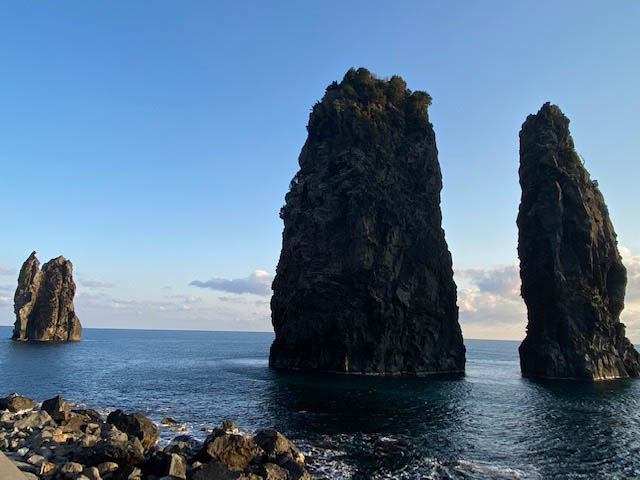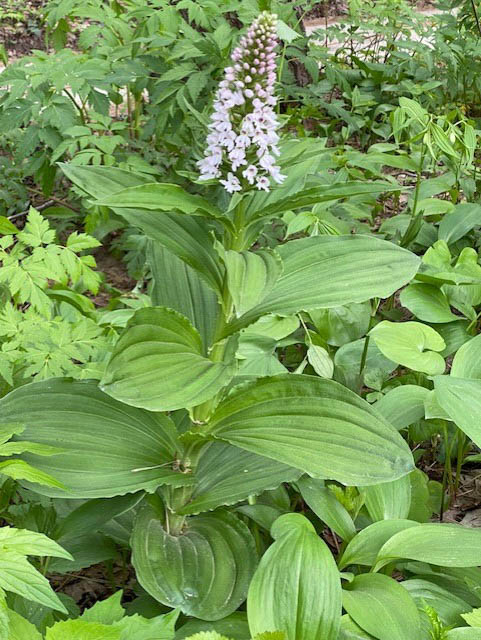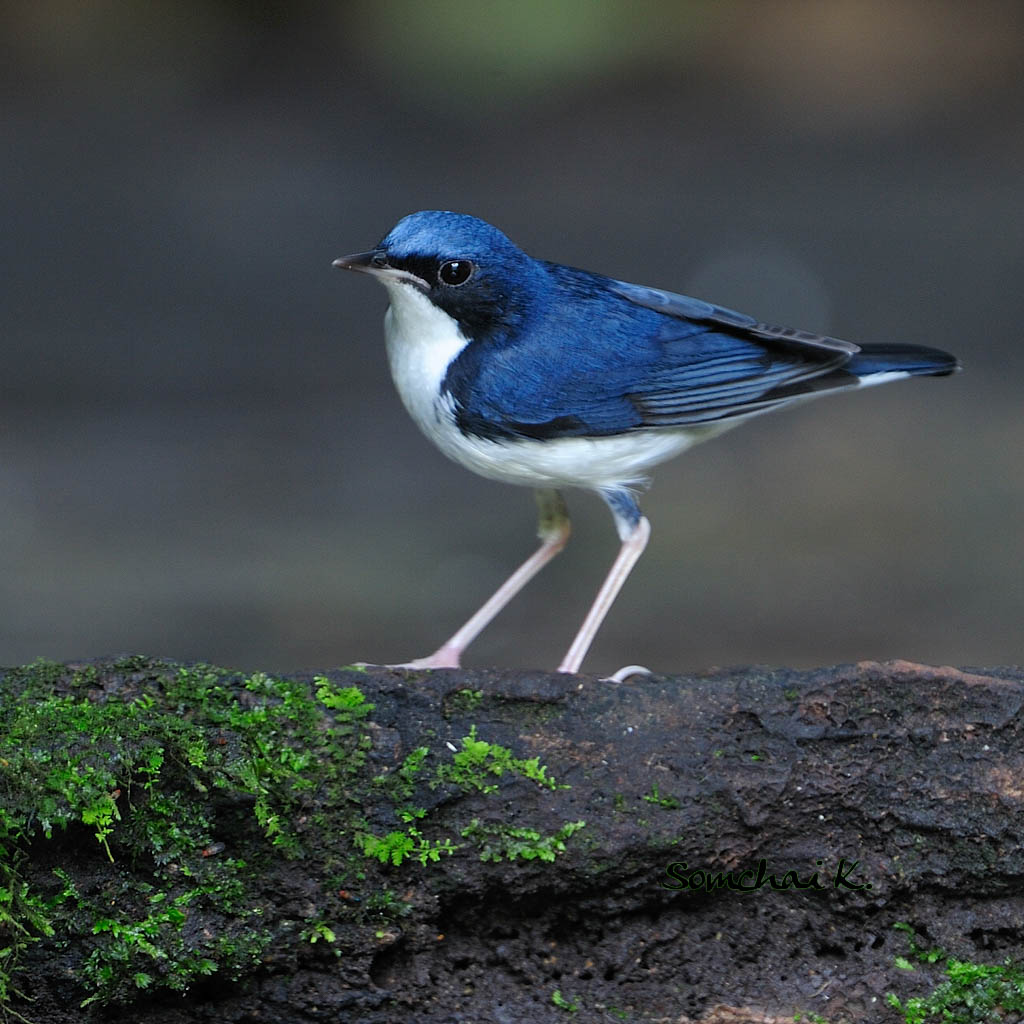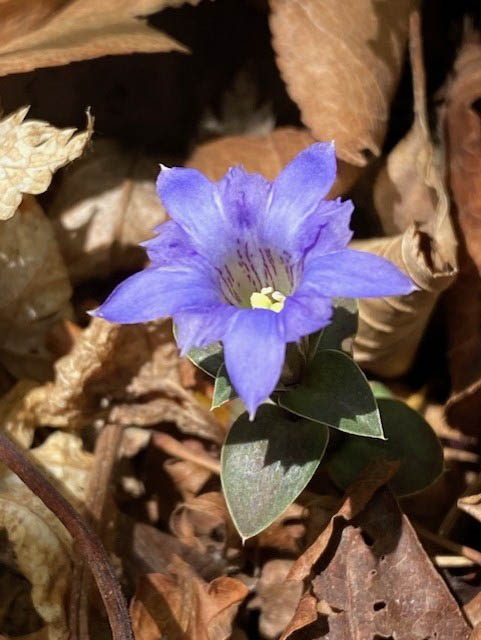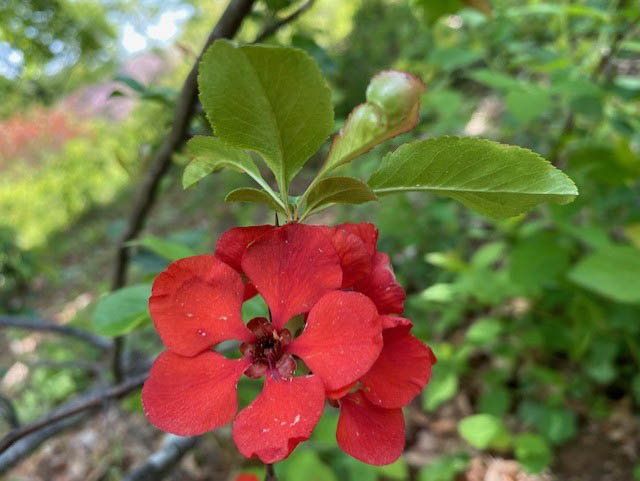

Bhutan
Cappadocia

A Tour for the Alpine Garden Society
Koreans flock to their forests as they explode into their fiery autumnal tints but it is the glory of their spring flowers that we want to experience. You are never far from forest here, more than 60 per cent of the nation is covered in forest, perhaps surprising given the ultra-modern urbanisation of the rest of the country.
Wonderful Ulleungdo Island will be a highlight. Think of Clovelly (or perhaps Boscastle) dropped into the middle of the Sea of Japan and sprinkled with a liberal dash of mystery. It is certainly a unique place with a character all of its own. Dark cliffs rise abruptly out of the Sea of Japan to a mountainous interior with all manner of endemic plants. Amongst forests of Acer pictum var. okamotoanum, Pinus parviflora and Tilia insularis we’ll find plenty of gorgeous deep red Camellia japonica in bloom. The understory has the well-named Hepatica maxima, impressive Gymnadenia camtschatica, Trillium tschonoskii and colonies of Lathraea japonica.

Everywhere in Korea we’ll find Asarums. These stunning little plants come in many varieties though few species – the splitters are only just getting hold of them! Cobra Lilies too are omnipresent with the extraordinary Arisaema ringens notable on Jeju Island. Jeju is as unique as Ulleungdo but totally different in character. It is a popular tourist destination due to its subtropical location and a flight from Seoul lands every ten minutes at the airport. The impressive Hallasan National Park protects the interior slopes of the large volcano that is the island. As elsewhere in Korea the national parks have amazing access with superbly built trails and wooden walkways. At Hallasan a walkway takes us amongst fabulous shows of Rhododendron yedoense and Rhododendron mucronulatum and we’ll also see Tulipa edulis, Hepatica insularis and Disporum uniflorum. Under an extraordinary forest of Torreya nucifera trees between five hundred and eight hundred years old is a stunning display of Calanthe discolor and Calanthe sieboldii orchids.

The Demilitarized Zone (DMZ) in the north of the country protects a broad swathe of beautiful mountainous country where there has been little disturbance for more than half a century. The rich boreal forests are home to over fifty species of tree including Quercus mongolica, Quercus variabilis, Phellodendron amurense, Larix kaempferi and Pinus koraiensis. We’ll find lovely lilac blooms of Jeffersonia dubia, soft furry vinous Pulsatilla cernua, delicate pink Primula sieboldii, the startling orange-red flowers of Chaenomeles sinensis, and Iris odaesanensis, a delicate beauty whose white flowers are traced with gold. Nearby Odaesan’s glorious fir forests have a colourful understory with Erythronium japonicum, Isopyrum raddeanum, and sunny yellow Hylomecon vernalis making a colourful pastiche amongst hordes of Corydalis and Violas. These are two genera that really typify Korea’s forest understory. There are more than fifty species of the latter and surprisingly they are quite distinct from each other, with some truly beautiful species such as Viola dissecta var chaerophylloides, Viola xanthopetela, Viola woosanensis and the exceptional Viola variegata. Corydalis come in yellows, pinks, purples and blues. Further floral highlights will be Oreorchis patens, Orchis cyclochila, Cypripedium japonicum, yellow Iris koreana, blue Iris rossii and the simply sensational soft pink Rhododendron schlippenbachii.
We’ll not ignore an equally colourful birdlife – we’ll see Yellow-rumped Flycatcher, Mandarin Duck, Narcissus Flycatcher, Varied Tit, Siberian Blue Robin and many more. And the culture too. Korea’s Buddhist heritage is everywhere to be seen and many of the most beautiful forests are part of temple complexes. And anyone wishing to thoroughly immerse themselves in Korean Culture might like to join us on an extension in the capital…
Dates and Prices
1st May - 15th May 2025 (15 days)
Please note; Prices will be confirmed as soon as possible
Spring Flowers. Also Forests, Birds and Culture.
The minimum is 5 and the maximum group size of 15. Local expert Dr Kim Yong-Shik will also lead this tour
All flights. All transport and meals in Korea. Services of your leaders. Please note: Drinks, tips, and items of a personal nature such as travel insurance, are not included.
Flower and bird checklists are available.
For the entire tour we’ll be staying at good or very good quality modern hotels. All rooms have en suite facilities
Fairly easy. Usually no more than three or four of miles in a day, though on some days we might cover six or seven miles, though always at a relaxed pace. Sometimes we’ll be on steep, though always well-made, trails.
UK flights are direct return flights from London Heathrow to Seoul. There is an internal flight from Seoul to Jeju at the start and from Jeju to Gwangju. Other indirect routes from regional UK Airports* are available.
*these routes may incur a supplement.
Seoul is on the same latitude as Athens whilst Jeju is on the same latitude as Casablanca. But being on the eastern seaboard the climate hardly resembles those locations in early May. Having said that usual conditions are warm and sunny with blue skies for the most part. Nights however, especially in the north are still very cool. And unsettled rainy weather can appear for a day or two, though probably we’ll only have that happen once or twice on the tour. Jeju is quite a bit warmer especially in the daytime.
Contact us to check if there is availability for the number of places you require. Click on the ‘Book this Tour’ button on this page to be taken to the online booking form or contact us and we will send one to you which you can complete and send back to us. You will receive confirmation of your place, and then a detailed information pack will be dispatched to you about twelve weeks before departure. This will contain up-to-date health information.







